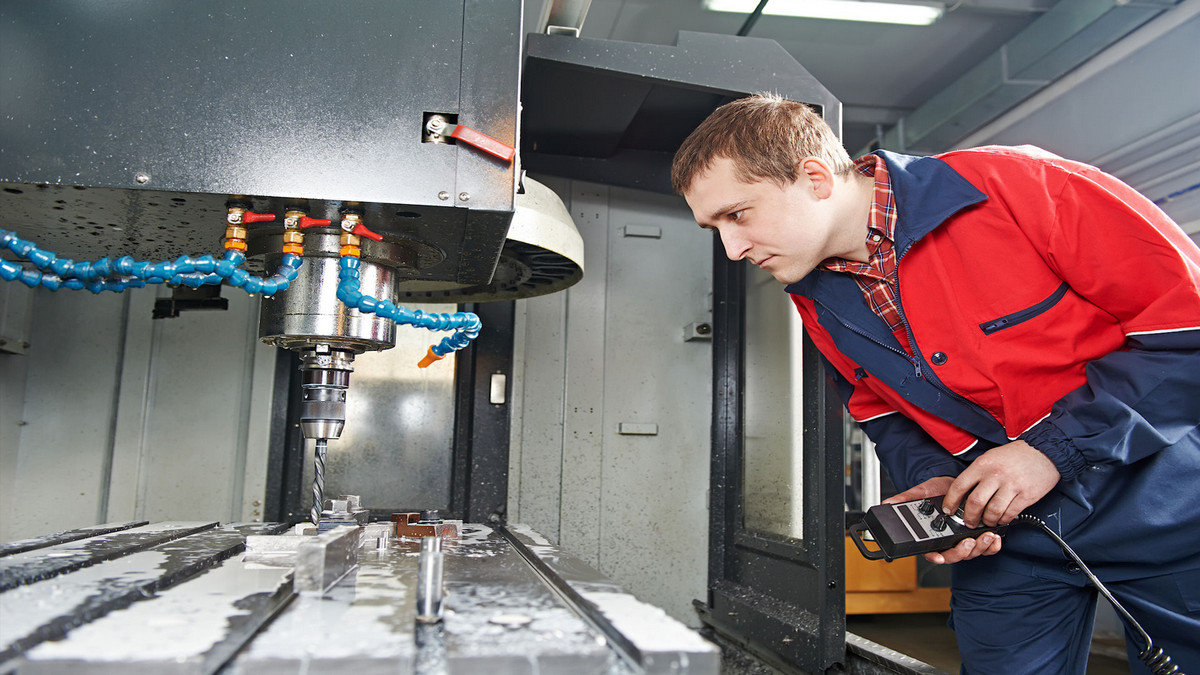Work holding system with reduced setup time and process variability.
What is a Work holding System and its Function?
Clamping element systems are process-standard clamping elements. Straight clamps belong to the so-called mechanical clamping devices, also commonly referred to as clamping jaws. The work holding system consists of vice, a base, and amount. Straight clamps are used in many applications in a variety of industries, such as for holding workpieces on equipment. Designed to maximize clamping force on three-, four- and five-axis machining centers designed to reduce setup time and process variability. Work holding fixtures are designed with a compact, quick-change modular design for accuracy and repeatability.
How can the Workpiece Clamping System Meet the Five-axis Machining Requirements?
For 5-axis machining, the problem with work holding is getting enough access to the part, and the increasing use of 5-axis machining means that other process components, such as work holding, need to be evaluated and clearly understood the function.
- Clamping completely from below the workpiece:
For different parts, the correct choice of workpiece clamping device may be the key to fully utilizing the automatic production capacity of five-axis machining. This work holding system, which was designed to reduce setup time, can now be used in 5-axis machining, not because it enables quick-change clamping, but because it provides a way to clamp parts entirely from below.
How to adequately contact the part is a problem for part clamping for 5-axis machining. A standard vise covers the sides of the part, and a short vise for 5-axis machining increases the side exposure, but can only clamp along the lower edge of the part. Even custom fixtures for five-axis machining projects have issues that can affect the tool or spindle housing as the entire part and fixture rotate within the work area. However, the method of clamping only the underside of the part can almost hide the workpiece holding device, and the workpiece itself will not cause any interference with the device. The system only needs to use the holes already in the part or add the holes needed to hold the knob to achieve this clamping. The clamping method using the knob and the workpiece receiver makes the system modular and can be applied to parts with uneven bottoms.
- Finishing with only five axes:
Generally, pneumatic clamping is more commonly used, but the workpiece receiving device used in five-axis machining adopts mechanical clamping, which can avoid the danger of entangling the air pipe during the five-axis motion. In this case, the quick-change function of the system can show its advantages even more. Using this workpiece holder and workpiece receiver in multiple machining centers allows roughing to be performed on a lower-cost 3-axis machine tool. The workpiece is taken out of the workpiece receiving device group of the three-axis machine tool, and then quickly transferred to the workpiece receiving device of the five-axis machine tool and clamped, so that the five-axis machine tool can only be used for machining workpieces that require finishing.
- Dovetail part clamping:
Five-axis technology combined with fifth-axis multi-part machining module technology for dovetail part clamping reduces the number of setups required to machine complex parts. Started with 3-axis vertical machining centers, to HMCs with dual 400 mm pallets and standard multi-part machining modules that can hold multiple parts to increase throughput and minimize workpiece contact during complex parts number of times.
A dovetail connection between workpiece and fixture provides a stronger and more secure interface. To use a dovetail work holding fixture, first machine a 60° dovetail bar on the bottom of the part blank. The blank is then inserted into a jig with jaws provided with angled grooves that mate and engage with the blank dovetail. The strength of the joint requires only a little extra blank at the bottom of the blank to accommodate the dovetail strips, which are removed from the machined workpiece during subsequent milling or laying operations. The resulting machining process for HMC in the factory, suitable for batch production of 200 parts of the same size, is more efficient than running on multiple VMCs.
- Five-axis multi-part machining module:
The five-axis multi-part machining module takes up less space in the work area, has two indexers on the side, and has a flat surface that can accommodate standard fixtures. Each indexer has a dovetail work holding fixture, and the indexer rotation accuracy and repeatability are ±10 degrees and ±5 degrees, respectively. The fifth-axis multi-part machining module features two indexers and a flat area on either side for standard fixtures. In addition to clamping strength, the dovetail work holding port provides the machine tool spindle with easier access to the five sides of the part because there are essentially no fixing elements to avoid. This clearance plus prop positioning perpendicular to the machine tool Z axis makes it possible to use shorter, more rigid cutters.
- Block parts processing:
Block parts are the first to be machined using the five-axis multi-part machining module, which previously required 9 operations on multiple VMCs. Because some true position tolerances are as low as 0.001 and it is touched in many runs on many machine tools, the part scrap rate is 30%. Now it is processed with a five-axis multi-part machining module, 4 pieces per cycle, and the scrap rate is almost zero.
Decisions must be made in machining to identify the surface to incorporate the dovetail strips for each job. After laying, it is convenient if this face requires the least post-processing operations, but it is necessary to select the face of the datum where the key features are located. Rather than finish machining each part on the indexer before moving on to the next, the HMC is programmed to machine each part in stages. The same operation is then performed on all 4 parts with the same props before changing the tool so that all parts can be followed up in the next operation, the purpose here is to minimize the number of equipment changes to shorten the overall cycle time.






.png)







